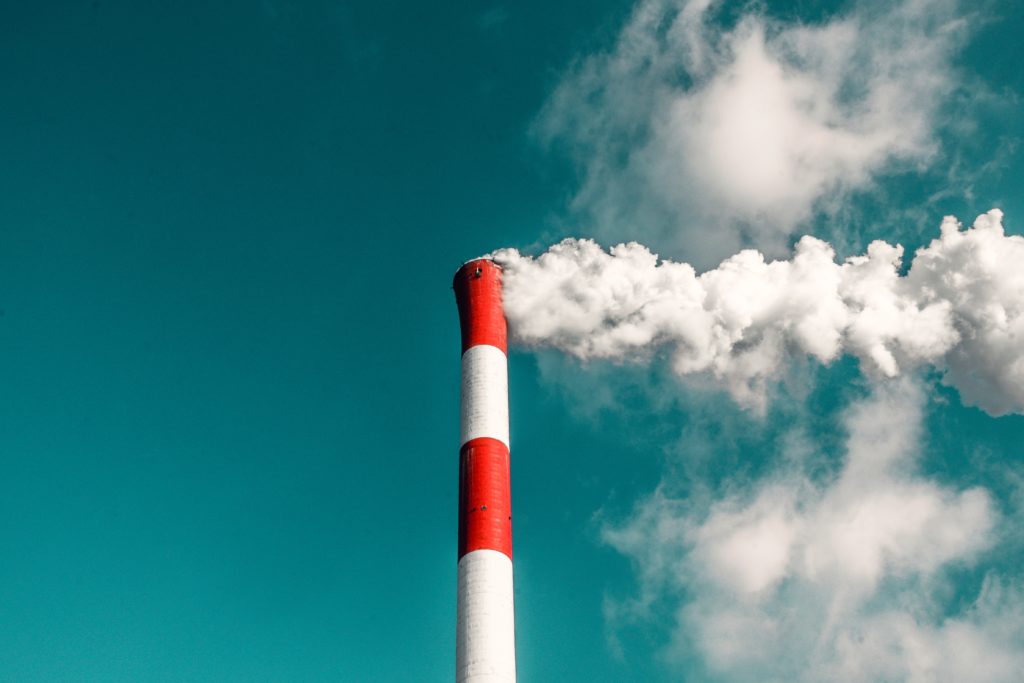In a media address on Tuesday 24 May, president Cyril Ramaphosa spoke about plans to use South Africa’s solar and wind resources to export green hydrogen at a massive scale, as reported by BusinessTech. The project, lead by energy company Sasol and the Industrial Development Corporation, is being developed in Boegoebaai in the Northern Cape.
Green hydrogen is a more attractive form of energy than grey hydrogen produced by natural gas or brown hydrogen produced by coal. Green hydrogen’s use in industrial and residential settings is also extensive; it can be used to power buses, steelwork plants, potentially planes, and can be mixed with natural gas to help heat up homes.
In his media address, Ramaphosa said the project would receive support from Germany. The aim is to supply green hydrogen to the European Union, which is interested in imported 10 million tons a year by 2030.
“The Boegoebaai project presents an excellent opportunity for South Africa and Germany to cooperate in the fields of green hydrogen development, energy security, job creation, just transition and climate action.
“The longstanding cooperation between South Africa and Germany on climate issues will be further deepened through the Just Energy Transition Partnership between South Africa, Germany, France, the United Kingdom, the US and the European Union that was announced at COP26 late last year,” said Ramaphosa.
The president also added that, due to South Africa having the world’s largest platinum reserves, the development of the green hydrogen economy is a national economic priority for the country.
The Boegoebaai project has the potential to produce “up to 400 kilotons of hydrogen per annum” but will “require renewable energy of 9 gigawatts or approximately 20% of the country’s current installed energy capacity”.
With the ongoing Russia-Ukraine war and rising oil prices, many countries are now forced to seriously consider alternative energy sources at a faster rate than before. Green hydrogen is one of those potential energy resources, and South Africa is in a fortunate position to supply the world with that resource.
“The opportunity here is that South Africa holds three significant structural advantages for producing green hydrogen for export,” explained Gladys Nabagala, director of the energy transition advisory group at Royal HaskoningDHV.
She added: “Our country’s size and climate mean that we have large-scale, high-quality renewable energy sources from solar and wind energy – boasting some of the highest average load factors in the world.”
It seems clear that this could be a good economic opportunity for South Africa, but some South Africans are skeptical about the project. One Facebook user responded to the news with concerns about whether South Africa can meet the requirements to produce the green hydrogen, saying: “I wonder if the solar and wind will produce enough? Can’t rely on Eskom obviously”. Others are wondering whether South Africans themselves will feel the economic benefits of this projects, or whether the involved private sectors will absorb most of it.
Also read:
Western Cape government welcomes a new 100MW renewable energy project
Picture: Unsplash






